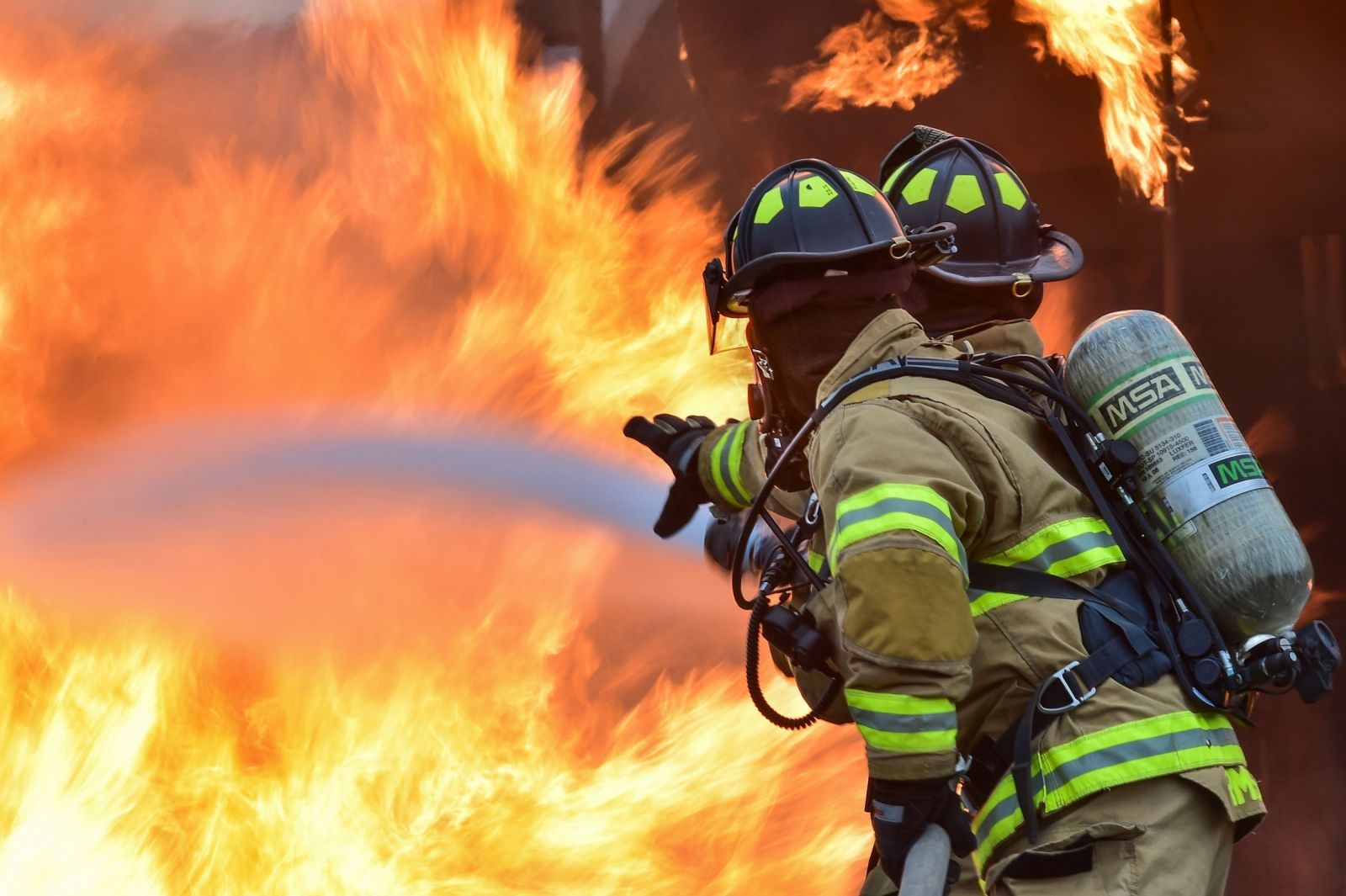California's fire season is upon us. The official start of fire season begins in August and usually runs through November when vegetation is dry, rain is seldom and winds are high.

According to a recent study, 2019 wildfires in California released about the same amount of carbon emissions as are created by providing electricity to the state for an entire year! Although we can’t directly stop carbon emissions once a fire has begun, we can make sure we’re planning ahead. Below are a few ways to prepare your homes and families for fire season.
CREATE A KIT
Buying or creating an emergency preparedness kit is the easiest way to make sure you’re ready if a disaster strikes. Emergency kits are readily available online and can be customized to fit your needs. Their costs can run anywhere from $50 up to $300 depending on how intricate you'd like your kit to be.
PURIFY THE AIR
Air purifiers can help get rid of harmful smoke particles in your home. Look for purifiers with a HEPA filter which can reduce the concentration of particles in the air by up to 85%. If you are concerned about airborne pathogens and microorganisms like mold, bacteria and viruses, you can also look for UV air purifiers which are designed to use short-wave ultraviolet light (UV-C light) to inactivate airborne pathogens. Be aware that UV air purifiers do generate ozone which can be harmful to humans, pets and the planet if used for extended periods of time but can be beneficial during fire season and COVID.
MASK UP
Unfortunately cloth masks won’t help protect against wildfire smoke inhalation. If confronted with heavy smoke, like we were in 2018, it’s best to wear an N95 or P100 respirator to reduce exposure and stay inside as much as possible.
PREPARE FOR SHUT OFFS
.jpg)
Power shut offs are becoming more common place and with more of us working from home, we need to be prepared. Solar power, battery powerwalls and back up generators are some of the options to consider. There is currently a 26% California solar tax credit through 2020 which will move to 22% in 2021 for those looking to purchase solar panels or battery powerwalls. If you aren't ready to invest in these pricier purchases, at a minimum, you may want to consider a simple solar powered phone charger which can cost as little as $25 but give you piece of mind if shut offs last a long time.
We hope this fire season is short and doesn't impact us to greatly, but it's best too be prepared just in case.
« Back to Blog Posts

